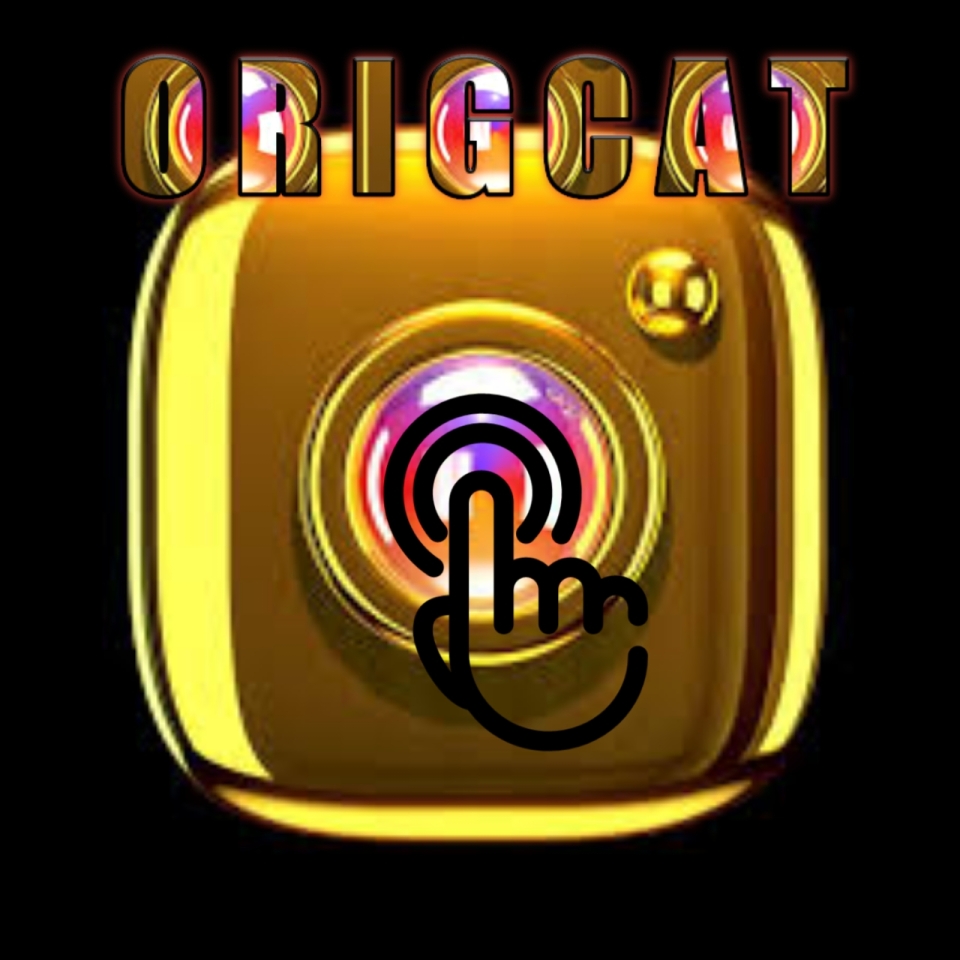

The Opera: A Timeless Art Form
Opera is a theatrical art form that combines music, singing, drama, and sometimes dance to tell a story. It originated in Italy at the end of the 16th century and has since evolved into a global phenomenon, captivating audiences with its emotional depth and musical complexity. This article will delve into the history, elements, cultural significance, and modern developments of opera.
Historical Background
The roots of opera can be traced back to the Renaissance period in Italy, where a group of humanists sought to revive the classical arts. The first recognized opera, “Dafne,” composed by Jacopo Peri in 1598, set the stage for what would become a rich and diverse genre. The art form gained popularity in the 17th century, with composers like Claudio Monteverdi, whose works, such as “L’Orfeo,” showcased the potential of opera to convey profound human emotions.
As opera spread across Europe, it adapted to various cultural contexts. In France, the opéra-ballet emerged, blending music with dance, while in Germany, the Singspiel combined spoken dialogue with singing. The 18th and 19th centuries saw the rise of opera as a major art form, with composers like Wolfgang Amadeus Mozart, Giuseppe Verdi, and Richard Wagner pushing the boundaries of musical and dramatic expression.
Key Elements of Opera
- Music: At the heart of opera is its music, which drives the narrative and evokes emotions. Composers create intricate scores that include arias (solo performances), duets, choruses, and orchestral interludes. The combination of vocal and instrumental music creates a rich auditory experience.
- Libretto: The libretto is the text or script of the opera, written by a librettist. It outlines the story, characters, and dialogues. The libretto is crucial in shaping the opera’s narrative and emotional impact, often drawing from literature, history, or mythology.
- Vocals: Opera features a range of vocal styles and classifications, including soprano, mezzo-soprano, tenor, baritone, and bass. Each voice type has its unique characteristics and roles, contributing to the overall harmony and dynamics of the performance.
- Staging and Production: The visual aspects of opera, including set design, costumes, and lighting, play a significant role in enhancing the storytelling. Directors and designers work collaboratively to create an immersive environment that complements the music and drama.
- Acting and Performance: Opera is not just about singing; it is also a form of theater. Performers must embody their characters through acting, movement, and expression, bringing the story to life. The integration of music and drama is essential for a successful opera performance.
Cultural Significance
Opera holds a prominent place in the cultural landscape of many countries. It serves as a reflection of societal values, historical events, and human experiences. The themes explored in operas—love, betrayal, power, and tragedy—resonate with audiences across generations.
Moreover, opera has played a vital role in the development of classical music. It has influenced various musical genres and styles, contributing to the evolution of Western music as a whole. Composers often draw inspiration from opera, leading to innovative works in symphonic and chamber music.
Modern Developments
In recent years, opera has seen a resurgence in popularity, with contemporary composers experimenting with new styles and themes. Modern operas often address social issues, cultural diversity, and the complexities of modern life. This evolution has attracted a younger audience, breathing new life into the art form.
Additionally, technological advancements have transformed the way operas are produced and consumed. Live broadcasts of opera performances in cinemas and online streaming platforms have made opera more accessible to wider audiences. This increased visibility has contributed to a renewed interest in the genre.
Conclusion
Opera is a multifaceted art form that embodies the richness of human emotion and creativity. Its historical roots, musical complexity, and cultural significance make it a timeless and relevant medium for storytelling. As opera continues to evolve, it remains a powerful vehicle for artistic expression, connecting people across cultures and generations through the universal language of music and drama. Whether experienced in grand opera houses or through modern adaptations, the magic of opera endures, captivating audiences and inspiring new generations of artists.
نمایش اپرا: شکوه و زیبایی هنر
اپرا یک هنر نمایشی است که موسیقی، آواز، درام و گاهی رقص را برای روایت داستانی ترکیب میکند. این هنر در اواخر قرن ۱۶ میلادی در ایتالیا شکل گرفت و از آن زمان به یک پدیده جهانی تبدیل شده است که با عمق عاطفی و پیچیدگی موسیقایی خود، تماشاگران را مجذوب میکند. در این مقاله به بررسی تاریخچه، عناصر، اهمیت فرهنگی و تحولات مدرن اپرا خواهیم پرداخت.
تاریخچه و پیدایش اپرا
ریشههای اپرا به دوره رنسانس در ایتالیا برمیگردد، زمانی که گروهی از انسانگرایان تلاش کردند تا هنرهای کلاسیک را احیا کنند. نخستین اپرای شناخته شده، “دافنه”، که در سال ۱۵۹۸ توسط جاکوپو پری ساخته شد، زمینهساز آنچه که به یک ژانر غنی و متنوع تبدیل شد، گردید. این هنر در قرن ۱۷ میلادی با آهنگسازانی مانند کلاودیو مونتهوردی، که آثارش مانند “ل’Orfeo” نشاندهنده پتانسیل اپرا در انتقال احساسات عمیق انسانی بود، محبوبیت پیدا کرد.
با گسترش اپرا در اروپا، این هنر به تناسب زمینههای فرهنگی مختلف سازگار شد. در فرانسه، اپرای باله ظهور کرد که موسیقی را با رقص ترکیب میکرد، در حالی که در آلمان، سینگاشپیل گفتار را با آواز ترکیب میکرد. قرنهای ۱۸ و ۱۹ شاهد ظهور اپرا به عنوان یک هنر اصلی بودند، با آهنگسازانی مانند ولفگانگ آمادئوس موتسارت، جوزپه وردی و ریچارد واگنر که مرزهای بیان موسیقایی و دراماتیک را گسترش دادند.
عناصر کلیدی اپرا
- موسیقی: در قلب اپرا، موسیقی قرار دارد که روایت داستان و انتقال احساسات را هدایت میکند. آهنگسازان نواهای پیچیدهای ایجاد میکنند که شامل آریاها (اجرای انفرادی)، دوئتها، گروهخوانیها و بخشهای ارکستری است. ترکیب موسیقی صوتی و سازها تجربه شنیداری غنیتری را خلق میکند.
- لیبرتو: لیبرتو متن یا فیلمنامه اپرا است که توسط یک لیبرتیست نوشته میشود. این متن داستان، شخصیتها و دیالوگها را ترسیم میکند. لیبرتو نقش مهمی در شکلگیری روایت و تأثیر عاطفی اپرا دارد و معمولاً از ادبیات، تاریخ یا اسطورهشناسی الهام میگیرد.
- آوازها: اپرا شامل انواع مختلفی از سبکهای آواز و طبقهبندیها است، از جمله سوپرانو، متسوسوپرانو، تنور، باریitone و بیس. هر نوع صدا ویژگیهای خاص خود را دارد و به هماهنگی و دینامیک کلی اجرا کمک میکند.
- صحنهپردازی و تولید: جنبههای بصری اپرا، از جمله طراحی صحنه، لباس و نورپردازی، نقش مهمی در تقویت روایت دارند. کارگردانان و طراحان به طور مشترک برای ایجاد یک محیط جذاب که مکمل موسیقی و درام باشد، همکاری میکنند.
- بازیگری و اجرا: اپرا تنها به خواندن محدود نمیشود؛ بلکه یک نوع تئاتر نیز است. بازیگران باید شخصیتهای خود را از طریق بازیگری، حرکت و بیان به تصویر بکشند و داستان را زنده کنند. ادغام موسیقی و درام برای یک اجرای موفق اپرا ضروری است.
اهمیت فرهنگی
اپرا جایگاه برجستهای در چشمانداز فرهنگی بسیاری از کشورها دارد. این هنر به عنوان بازتابی از ارزشهای اجتماعی، رویدادهای تاریخی و تجربیات انسانی عمل میکند. مضامین بررسی شده در اپراها—از عشق و خیانت تا قدرت و تراژدی—با مخاطبان در طول نسلها همخوانی دارد.
علاوه بر این، اپرا نقش حیاتی در توسعه موسیقی کلاسیک ایفا کرده است. این هنر بر انواع و سبکهای مختلف موسیقی تأثیر گذاشته و به تکامل موسیقی غربی به طور کلی کمک کرده است. آهنگسازان اغلب از اپرا الهام میگیرند و منجر به ایجاد آثار نوآورانه در موسیقی سمفونیک و اتاق میشوند.
تحولات مدرن
در سالهای اخیر، اپرا شاهد افزایش محبوبیت بوده و آهنگسازان معاصر در حال آزمایش با سبکها و مضامین جدید هستند. اپرای مدرن اغلب به مسائل اجتماعی، تنوع فرهنگی و پیچیدگیهای زندگی مدرن میپردازد. این تحولات باعث جذب مخاطبان جوانتر شده و زندگی جدیدی به این هنر بخشیده است.
علاوه بر این، پیشرفتهای فناوری نحوه تولید و مصرف اپرا را متحول کرده است. پخش زنده اجراهای اپرا در سینماها و پلتفرمهای آنلاین دسترسی به اپرا را برای مخاطبان گستردهتری فراهم کرده است. این افزایش دیده شدن به علاقهمندی مجدد به این ژانر کمک کرده است.
نتیجهگیری
اپرا یک هنر چندوجهی است که غنای احساسات و خلاقیت انسانی را در بر میگیرد. ریشههای تاریخی، پیچیدگی موسیقایی و اهمیت فرهنگی آن، این هنر را به یک رسانه بیزمان و مرتبط برای روایت داستان تبدیل کرده است. با ادامه تحول اپرا، این هنر به عنوان یک وسیله قدرتمند برای بیان هنری باقی میماند که مردم را در فرهنگها و نسلهای مختلف از طریق زبان جهانی موسیقی و درام متصل میکند. چه در خانههای اپرای بزرگ و چه از طریق تطبیقهای مدرن، جادوگری اپرا همچنان پابرجاست و مخاطبان را مجذوب میکند و نسلهای جدیدی از هنرمندان را الهام میبخشد.





















